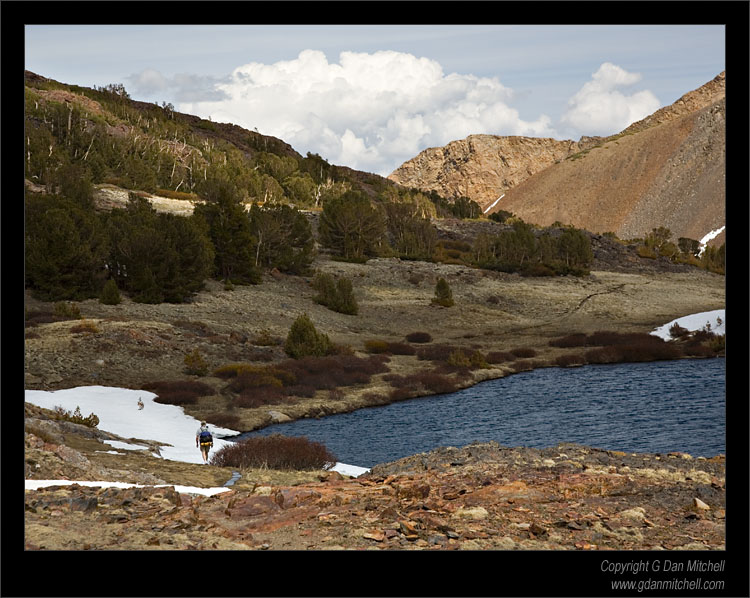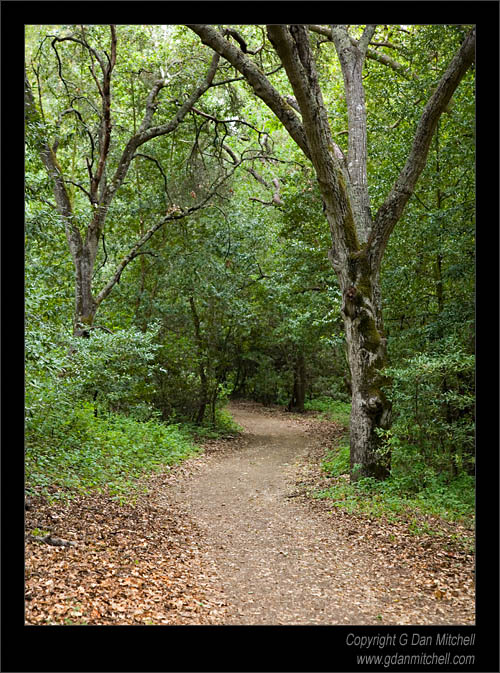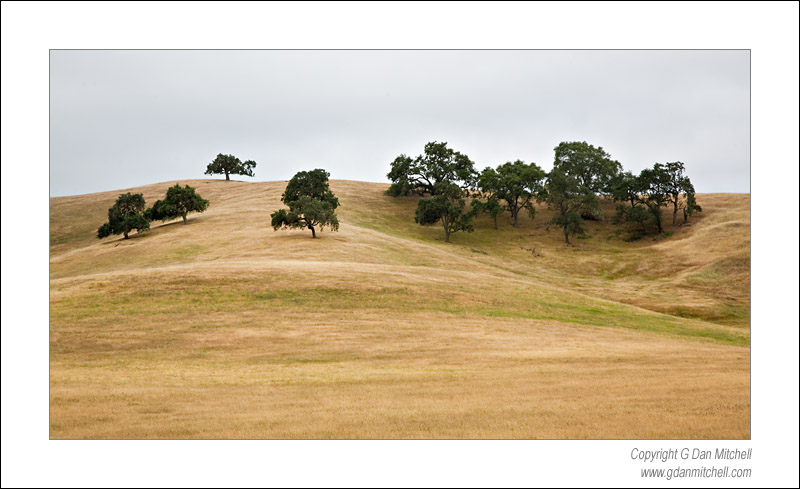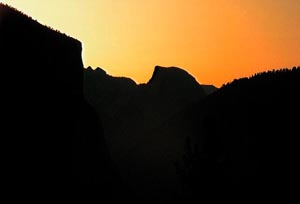On Hiking Poles
No, not hiking Poles... hiking poles... Though I suspect that they use them in Poland, too.
I see that Tom has posted a link to aWildebeat report on hiking poles today.
A short excerpt:
Well what we saw in that study was as -- at the lesser slope, the fifteen degree slope... some people used the poles very effectively, a lot of people didn't seem to make use of the poles at all... As the slope got steeper, then we saw a distinct difference in terms of both men and women tended to use the poles... Then at the steepest slope, when we got them at twenty five degrees, then everybody used the poles much better ...See Tom's post for links back to the full story.
A few comments of my own on hiking poles.
For a long time I thought that hiking poles (a.k.a. "trekking poles") were for effete wimps. I couldn't imagine myself ever using such things. (Though I wasn't above picking up the occasional trailside stick and using it to get past rough patches, over a snowfield, or across a creek.)
Then some friends of mine started showing up for pack trips with old ski poles. Though I was still skeptical, these were my friends and hiking buddies, so it was a bit harder to dismiss them. This was especially true when one of them would toss me a pole to use on a creek crossing. ;-)
I finally decided I had to give them a try and perhaps 5-6 years ago I picked up a pair. I purchased a decent set of lightweight REI poles that collapsed down to what I regarded as a reasonable size to attach to the pack... and that is pretty much where they stayed. I ended up carrying them 20 miles for every mile that I used them.
But time marches on, and I got older. Recently I have made it my policy to use the poles pretty much all the time when I'm carrying a backpacking load. Advantages? They do help with balance on rough terrain - and they help a lot if you find yourself hiking after dark. They provide some relief on uphill trails also, especially for those of us who learned to diagonal stride for cross-country skiing and can add a bit of push with our arms. I use them on the downhill sections but, contrary to what my friends tell me, I don't think they really take much of a load off my knees - though they may slow me down a bit and soften the blow for that reason.
Another advantage is that with the right kind of tarp or tent (or tarptent...) the poles can substitute for normal tent poles.
Related to the story that Tom links to, a few years ago I discovered - much to my surprise - how useful poles can be on really rough terrain. I had assumed that poles would be fine for trail hiking but that off trail they would be a burden not worth the bother. On a hike up
Giddy Giddy Gulch on Mt. Shasta I discovered how wrong I was. Using the poles I was no longer a somewhat unsteady biped, grabbing for nearby boulders if I got a bit off balance. Instead I was a confident quadruped, able to keep three points of contact while moving one foot. Except in very rough situations (verging on bouldering) the poles turned out help a lot.
So, now I use them in all of these circumstances... and encourage others to do the same.






